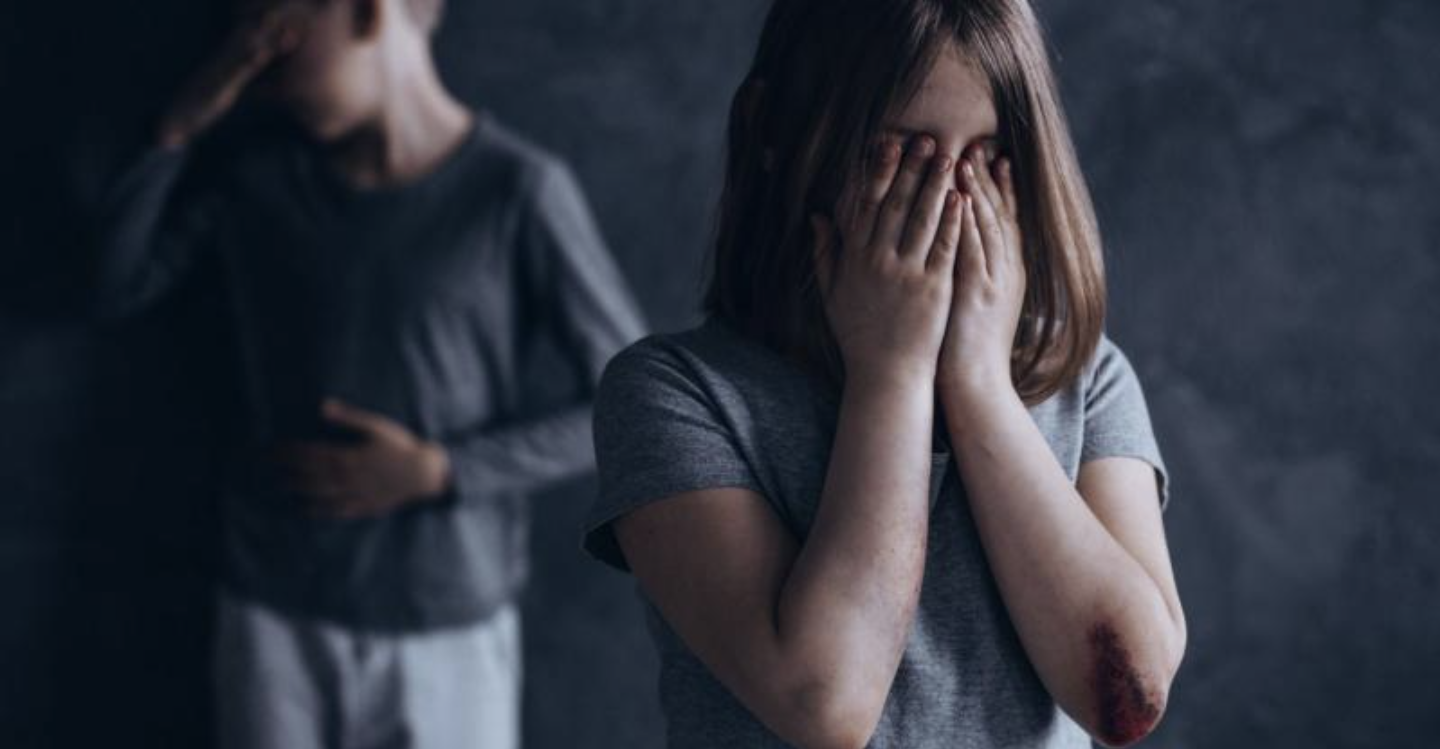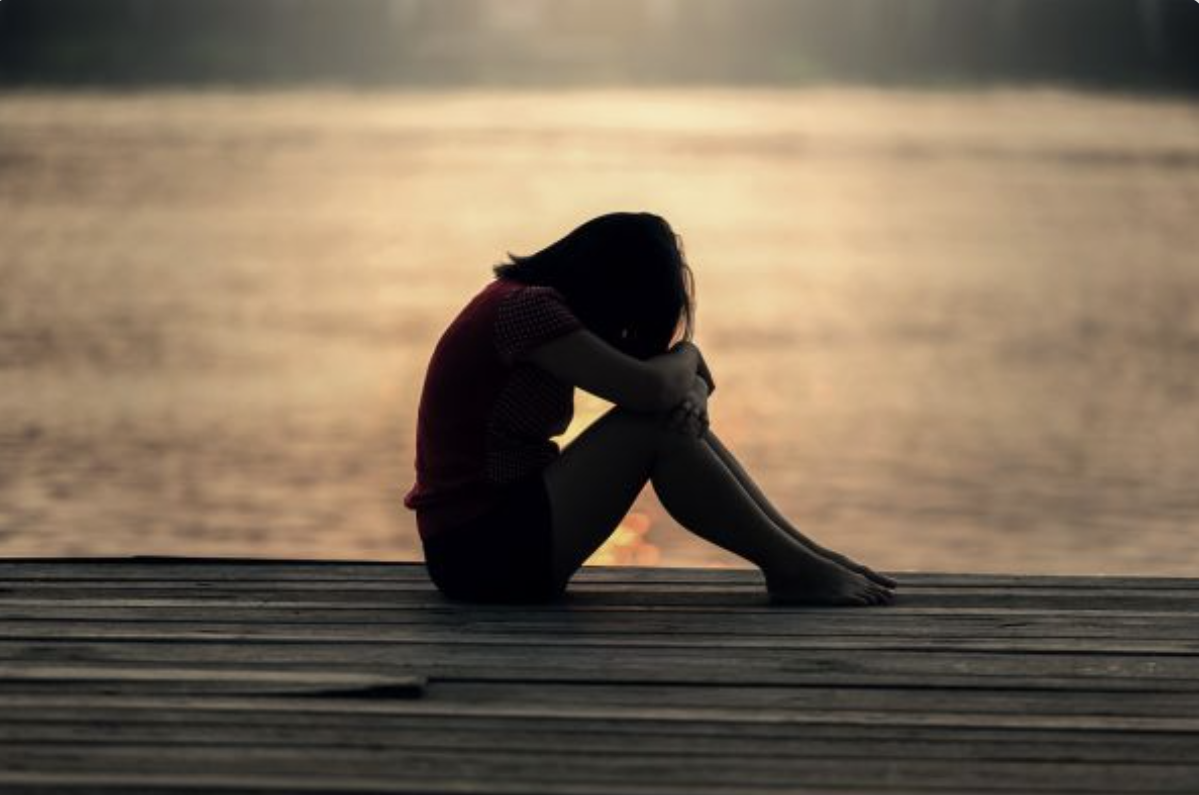Sibling Sexual Abuse: An Underreported Form of CSA
Sibling sexual abuse is the most damaging form of incest.
The subject of sibling sexual abuse is seldom discussed even though it is considered by most experts to be one of the most damaging forms of incest. In this post, I will discuss this confusing form of child sexual abuse, based on my book, Freedom at Last: Healing the Shame of Childhood Sexual Abuse.
Victims of sibling sexual abuse often don’t realize they are being abused or that they have been damaged because of it. It is not uncommon for victims to minimize the importance of the incestuous behaviors as an embarrassing part of childhood and for them to be reluctant to disclose this shameful and seemingly irrelevant aspect of their childhood. Furthermore, they seldom are able to connect the incestuous behavior with their current problems.
But sibling sexual abuse is an insidiously destructive form of child abuse characterized by secrecy, shame and concealment. It involves forcing or enticing a child or young person to take part in sexual activities, whether or not the child is aware of what is happening. The activities may involve physical contact or non-contact activities, such as involving children in looking at, or the production of sexual images or pornography, watching sexual activities, encouraging children to behave in sexually inappropriate ways, or grooming a child in preparation for abuse.
While sexual behavior between siblings is often considered to be “child sex play” or exploration that is mutual and consensual, in fact, it is often the case that sibling sexual abuse involves coercion, force or an abuse of power and control. Typically the abuse occurs when an older sibling coerces or forces a younger sibling to engage in sexual activities. While an age difference can certainly be a factor, the power imbalance can also be created by other factors such as cognitive ability or physical disability. Gender may also present considerable power differences, particularly where family, culture or religion portrays women and girls as being of lesser status than men and boys.
The most common reported pattern of sibling sexual abuse involves an older brother abusing a younger sister. But there have been a significant number of females who have abused younger male siblings. In addition, younger siblings have been known to abuse older siblings and same sex abuse also occurs. Sexual behavior between siblings of the same age can also take place, and with no coercion evident, and may still be considered abusive. The factor that primarily characterizes sibling sexual abuse is the exploitation of power. There may be significant dependency and power imbalances even when age differences are small.
Research has shown that sibling perpetrated sexual abuse is typically accompanied by physical and emotional abuse and is considered to be the most violent form of child sexual abuse according to some experts. Sibling sexual abuse is also characterized by, on average, a greater number of sexual acts over a longer period of time, may start at an earlier age and is more likely to involve sexual intercourse.
Many researchers believe that sibling sexual is the most underreported form of sexual abuse. Males are far less likely to report abuse than female victims because of how males are socialized. Males, in particular, have a difficult time admitting that they have been victimized or that a female had control over them. Many males feel that engaging in sexual activity with an older female is an “initiation” into manhood and do not understand the harm that this kind of sexual relationship can cause them. In addition, males have a difficult time admitting that they were sexually abused by a male. Males who were victimized by an older brother—especially if they found it physically pleasurable—often experience confusion about their sexual orientation.
The Aftereffects
It is uncertain whether the aftereffects of sibling sexual abuse differ from those of other forms of sexual abuse (namely, guilt, shame, substance abuse, re-victimization, diminished self-esteem, depression, difficulty maintaining relationships, and/or dissociative disorders). Survivors of sibling sexual abuse often speak about their inability to establish and maintain friendships and intimate relationships, specifically an inability to trust.
Although the average victim of child sexual abuse tends to blame themselves for the abuse, victims of sibling sexual abuse are particularly prone to this behavior. One of the reasons for this is that the younger sibling often believes that he or she was an equal participant. Although he may carry around a lot of guilt for breaking the incest taboo, often the younger sibling—who was actually being manipulated or dominated by his older sibling—seldom recognizes that he was an actual victim. It is often only years later, when time has provided perspective that what was considered a mutual arrangement comes to be recognized as being abusive.
What needs to be stressed here is that victims of sibling abuse, perhaps more than any other victims of sexual abuse, will either blame themselves for the abuse or believe they participated willingly. Many victims of sibling sexual abuse do not even identify themselves as victims. Older brothers and sisters may take advantage of the sexual naiveté of younger siblings to initially trick them into incestuous behaviors.
Consistent with other forms of child sexual abuse, there is a grooming aspect to sibling abuse. In early stages, the sexual nature of the behaviors is hidden in special hugs and games and play wrestling. A young naïve victim is unlikely to recognize these seemingly benign behaviors as inappropriate. There is often a progression of the behaviors, evolving over time to increasingly explicit and invasive sexual activities. Although these behaviors are more likely to be experienced negatively or as “wrong” by the victim, the victim’s participation to that point too often leads to the victim’s confusion about responsibility for the behaviors.
As the abuse progresses and a victim becomes aware of the meaning of the behaviors, he or she may become a more reluctant participant and attempt to resist. When this occurs the offender protects his or her secret by threatening physical violence or threats of exposure and subsequent punishment. This particular threat is especially powerful if both parties are aware that their parents favor and will likely take the side of the offender. Victims who feel guilt and shame and who have an unsupportive family are unlikely to feel safe enough to report behavior for which they feel responsible.
Many victims carry the secret into adulthood, remaining confused about issues of mutuality and consequently feeling ridden with guilt, shame, and low self-esteem. The secret can be so deeply buried that adult survivors fail to connect the incestuous behaviors of their childhood with current life problems such as depression, anxiety, poor job performance and interpersonal difficulties.
If you suspect you were a victim of sibling abuse I urge you to seek help. Counseling with a qualified therapist will provide the opportunity to gain clarity about what occurred, stop blaming yourself for the abuse and heal from the trauma.
References
Engel, Beverly (2022). Freedom at Last: Healing the Shame of Childhood Sexual Abuse. Guilford, CONN: Prometheus.




Leave A Comment